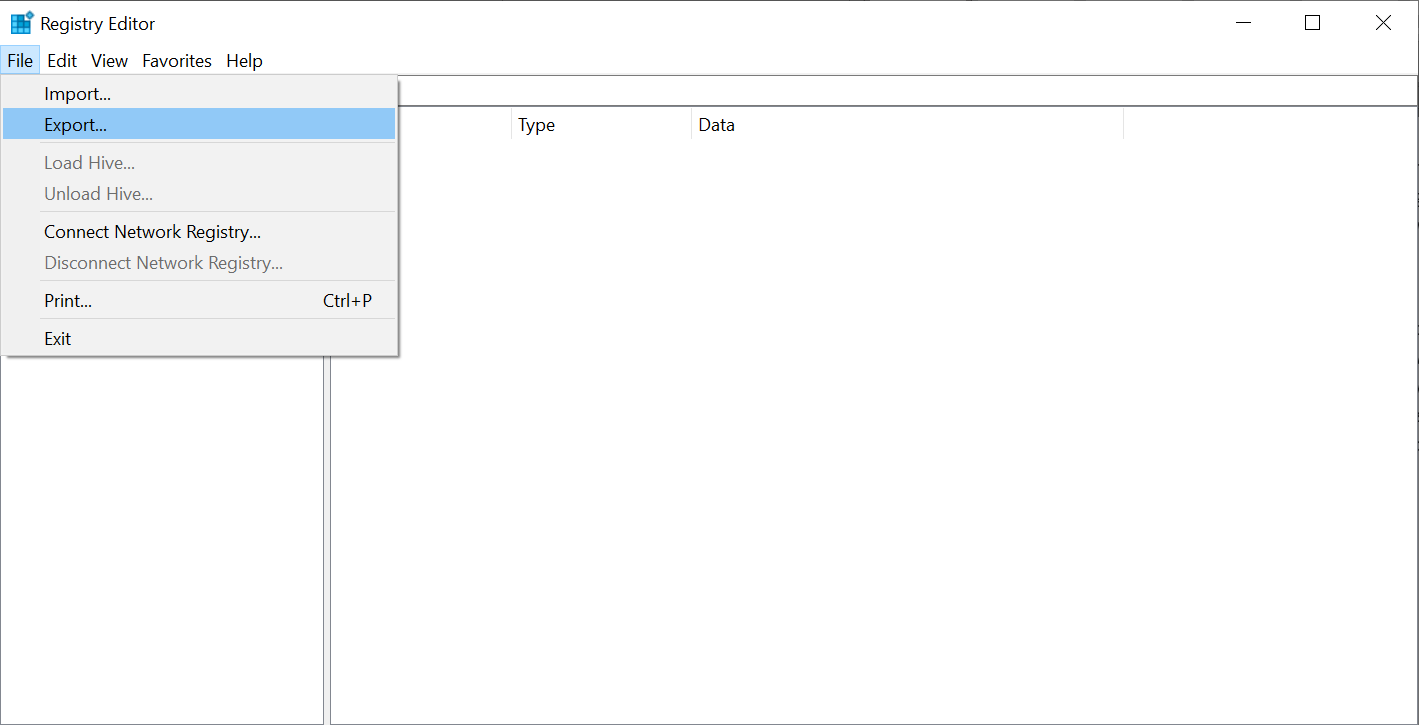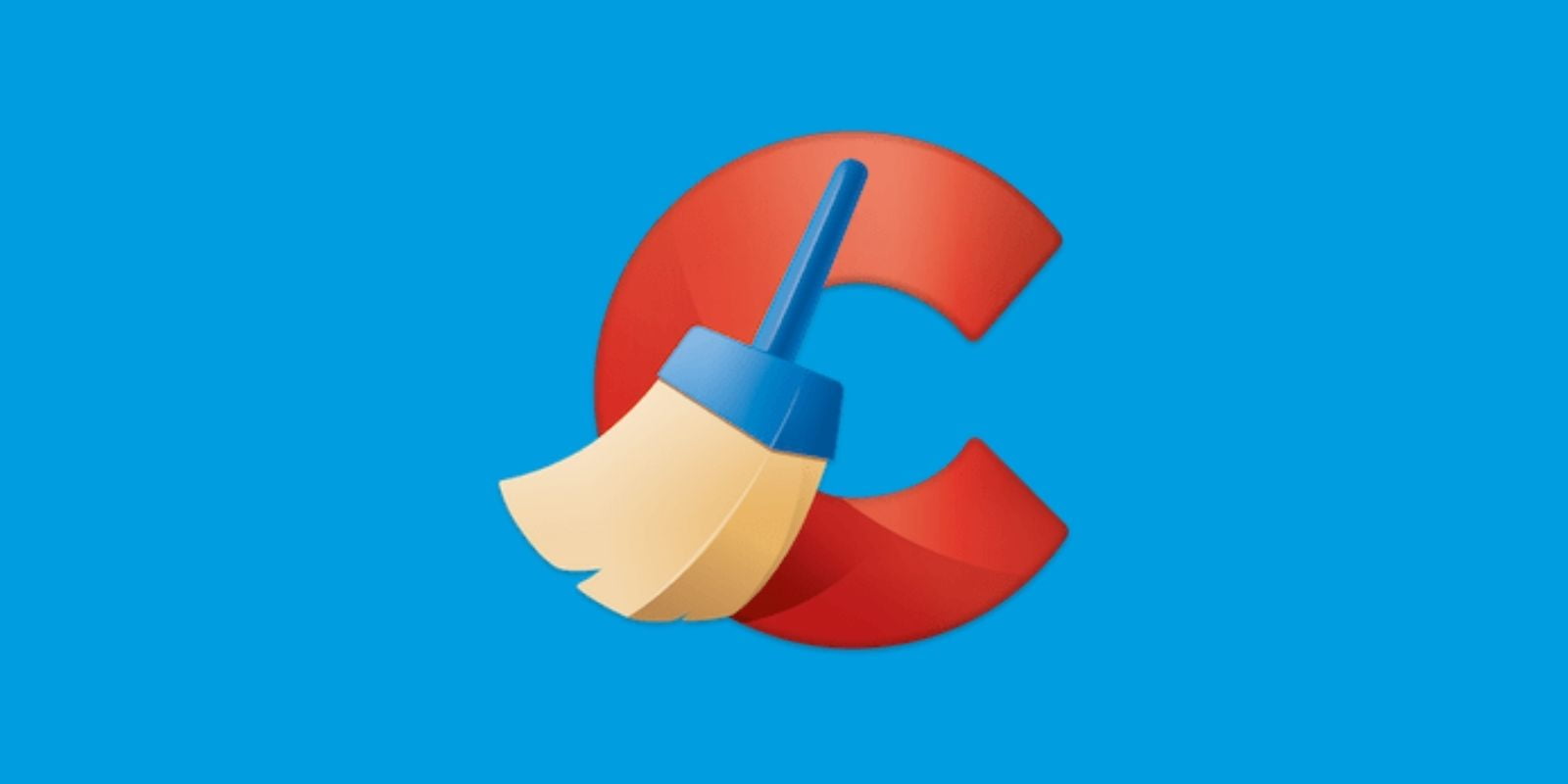

- Clean registry files how to#
- Clean registry files software#
- Clean registry files download#
- Clean registry files free#
- Clean registry files windows#
Clean registry files windows#
NOTE: Extended memory is required for Windows Registry Checker to operate properly, so it does not run when you start your computer with the Safe Mode Command Prompt Only option.
Clean registry files free#
If you encounter an "Out of Memory" error message, optimize your free conventional memory. Windows Registry Checker may require 580 KB or more of free conventional memory to complete the repair process. The amount of conventional memory that is required by Windows Registry Checker is determined by the size of your registry. Such errors are not typically damaging, and you can manually remove the entry. vxd file) that no longer exists, it is not repaired by Windows Registry Checker. If your registry contains an entry that references a file (such as a. Known Issues for Windows Registry Checker We put several registry cleaners to the test and offer tips to help you get your registry down to size and. dat files are typically marked as hidden and read-only, so you need to use both the attrib and copy commands to replace the existing file with the newly extracted one. A cluttered registry can slow Windows to a crawl, but cleaning it effectively isn't easy. Restart your computer in MS-DOS mode (in Windows Millennium Edition, this requires that you restart with the Windows Millennium Edition Startup disk).Ĭopy the file that you extracted to the appropriate folder. Microsoft recommends that you place the file in your Temp folder. Right-click the file that you want to restore, click Extract, and then choose the folder where the new file is to be placed. In the Named box, type rb0*.cab, and then click Find Now.ĭouble-click the cabinet file that contains the file that you want to restore. To restore individual files, follow these steps:Ĭlick Start, point to Find, and then click Files Or Folders. When you do so, you can choose up to five registry backup files listed for you to restore.

NOTE: To use the Windows Registry Checker tool with the /restore parameter, you must run the tool from a command prompt running outside of Windows. To start the Windows Registry Checker tool, click Start, click Run, type scanregw.exe in the Open box, and then click OK.
Clean registry files how to#
Settings to add additional files to the backup setįor additional information about the Scanreg.ini file, click the article number below to view the article in the Microsoft Knowledge Base:ġ83603 How to Customize Registry Checker Tool Settings The number of backups maintained (no more than five is recommended) You can configure Windows Registry Checker with a Scanreg.ini file. If invalid entries are detected, it refers to the real-mode version of the Windows Registry Checker tool (Scanreg.exe) for a resolution. The protected-mode version of the Windows Registry Checker tool (Scanregw.exe) can create a backup of the system files and scan the registry for invalid entries. If it detects registry damage, it tries to fix it automatically. Windows Setup runs the Windows Registry Checker tool to verify the integrity of the existing registry before it performs an upgrade. If the registry contains more than 500 KB of empty data blocks, Windows Registry Checker automatically optimizes it. This is equivalent to running the scanreg /fix command from a command prompt.
If no backups are available, Windows Registry Checker tries to make repairs to the registry. This is equivalent to running the scanreg /autorun command from a command prompt. If invalid registry entries are detected, Windows Registry Checker automatically restores a previous day's backup. Windows Registry Checker automatically scans the system registry for invalid entries and empty data blocks when it is started. This article describes the Windows Registry Checker tool. Files that Windows Registry Checker backs up include System.dat, User.dat, System.ini, and Win.ini. overview of how to clean registry files partially manually, as well with the help of a registry repair tool. Rather you must learn how to clean registry files either manually, or with the help of a registry cleaner tool.
Clean registry files software#
Type the following command to enter into the System32 folder and press Enter: cd d:\windows\system32Ĭhange D in the command with the correct drive letter for your scenario.When you start your computer successfully, the Windows Registry Checker tool (Scanreg.exe) creates a backup of system files and registry configuration information (including user account information, protocol bindings, software program settings, and user preferences) once daily. To clean windows registry you cannot use a virus scanner or an adware removal program. It searches the computer after it uninstalls the program for any leftover registry entries or files.
Clean registry files download#
You are in the correct drive letter if you see the Windows folder. Download the free version of revo uninstaller and uninstall iTunes using the program. Type the following command to confirm you are in the correct drive to restore the Registry and press Enter: dir Command Prompt in Advanced startup


 0 kommentar(er)
0 kommentar(er)
